How Solar Energy Became Cheap: The Remarkable Transformation of a Clean Energy Source

In the realm of renewable energy, solar power stands tall as a beacon of progress and innovation. Once considered an unattainable dream, solar energy has emerged as a cost-effective and widely accessible alternative to fossil fuels. This extraordinary transformation has profound implications for the future of our energy supply and the health of our planet.
4.4 out of 5
| Language | : | English |
| File size | : | 9074 KB |
| X-Ray for textbooks | : | Enabled |
| Print length | : | 260 pages |
In this comprehensive article, we delve into the captivating story of how solar energy became cheap. We trace the technological breakthroughs, policy shifts, and market dynamics that have fueled the remarkable evolution of this clean and sustainable energy source. Join us on this journey as we uncover the fascinating details behind solar energy's affordability revolution.
Technological Advancements: The Genesis of Cost Reduction
At the heart of solar energy's dramatic cost reduction lies a series of transformative technological advancements. These breakthroughs have enabled manufacturers to produce solar panels with higher efficiencies, lower production costs, and increased durability.
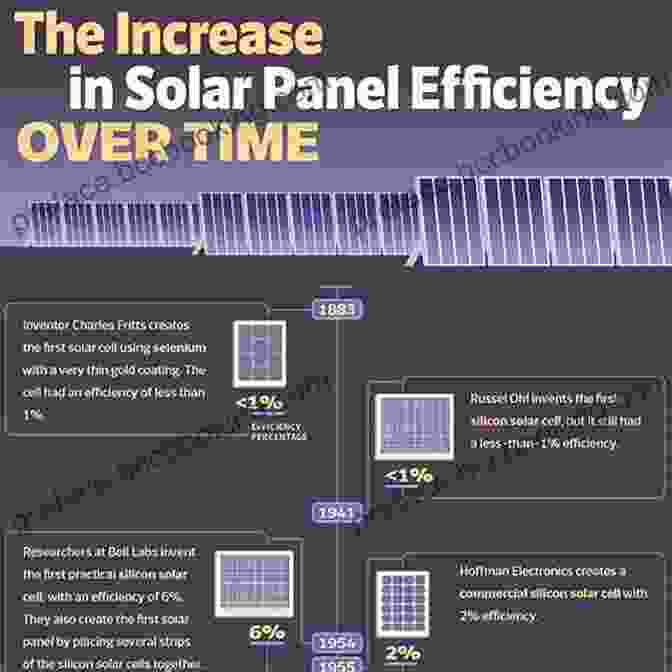
One of the most significant advancements has been the development of high-efficiency solar cells. These cells convert a greater proportion of sunlight into electricity, resulting in higher power output per panel. By harnessing cutting-edge technologies such as heterojunction and interdigitated back contact, manufacturers have achieved record-breaking efficiencies of over 25%.

In parallel with efficiency gains, the manufacturing process of solar panels has undergone significant optimization. Automation and scale economies have driven down production costs, making solar panels more affordable for consumers. The of new materials, such as thin-film solar cells, has further lowered manufacturing expenses.
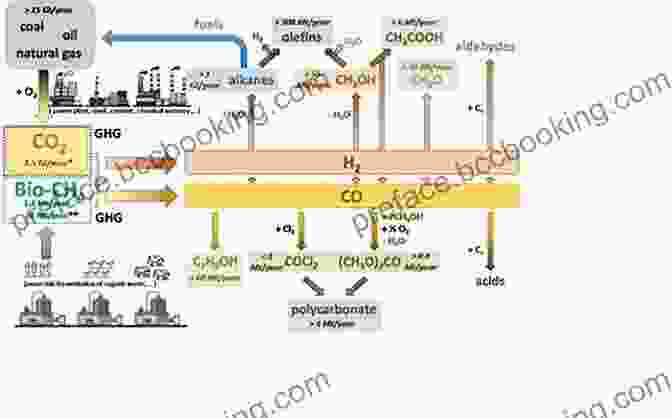
Durability is another area where technological innovations have played a crucial role. Modern solar panels are built to withstand harsh weather conditions, including extreme temperatures, moisture, and UV radiation. This enhanced longevity ensures that solar systems provide reliable power generation over their extended lifetimes, further contributing to cost reduction.
Policy Shifts: Providing a Platform for Growth
Technological advancements alone cannot fully explain the remarkable cost decline of solar energy. Supportive government policies have played an indispensable role in fostering the growth of the solar industry and accelerating its affordability.
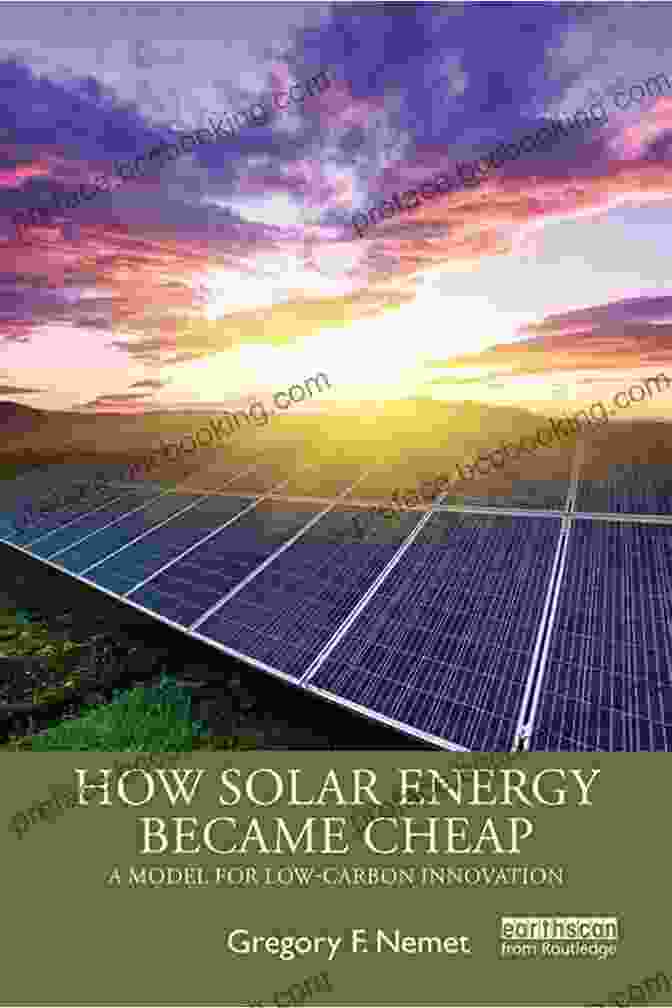
A key policy instrument that has spurred solar adoption is the provision of financial incentives. Governments worldwide have implemented tax credits, rebates, and feed-in tariffs to make solar systems more affordable for homeowners and businesses. These incentives have effectively reduced the upfront investment cost, making solar energy more accessible to a broader range of consumers.
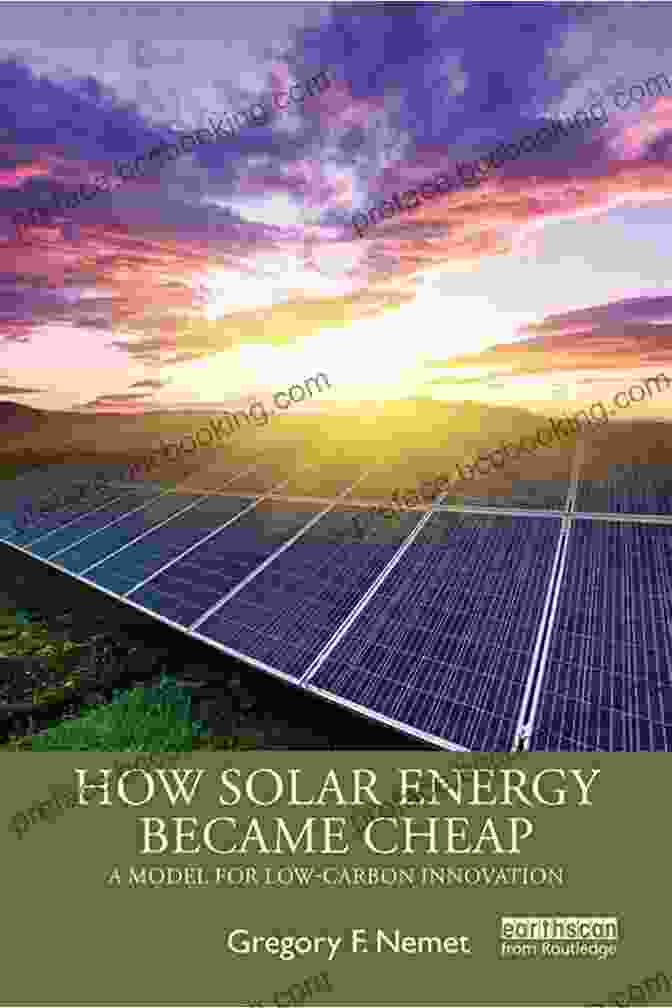
In addition to financial incentives, governments have also implemented supportive regulations that streamline the process of installing solar systems. By reducing permitting delays, simplifying interconnection procedures, and establishing clear net metering policies, governments have created a more favorable environment for solar development.

Policymakers have also recognized the strategic importance of solar energy for economic growth and environmental sustainability. This has led to increased public investment in solar research and development, as well as the establishment of national targets for solar deployment. This long-term commitment to solar energy provides stability and predictability for the industry, encouraging further innovation and investment.
Market Dynamics: The Forces of Competition and Scale
The interplay of supply and demand in the solar market has also been a driving force behind cost reduction. As the demand for solar energy has surged, economies of scale have taken effect, leading to lower production costs. The increasing number of solar panel manufacturers has also spurred competition, further driving down prices.
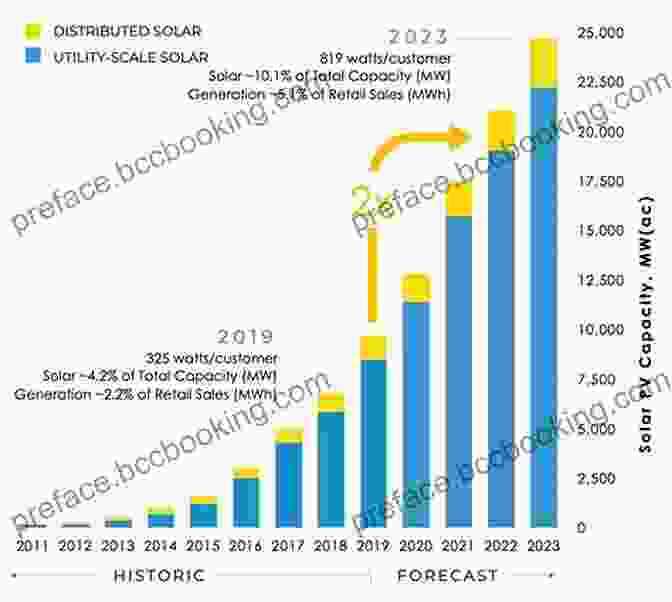
The rapid expansion of the solar market has also led to the development of specialized supply chains and logistics networks. These specialized infrastructure improvements have further reduced transportation and installation costs, contributing to the overall affordability of solar energy.

Furthermore, the growing adoption of solar energy has created a virtuous cycle of job creation and economic development. The solar industry has become a major employer, with millions of jobs created worldwide. This job growth further stimulates economic activity and supports local communities.
Environmental Benefits: The Priceless Value of Clean Energy
While the affordability of solar energy is a compelling reason to embrace this renewable source, its environmental benefits are equally profound. Solar energy is a clean and sustainable alternative to fossil fuels, offering a path to mitigate climate change and protect the health of our planet.
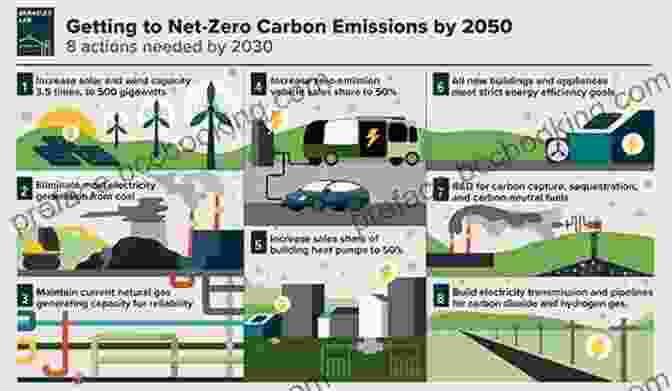
By replacing fossil fuel-based energy generation with solar energy, we can significantly reduce greenhouse gas emissions. Solar power is emission-free at the point of generation, contributing to cleaner air and a healthier environment.

Moreover, solar energy is a renewable resource, meaning it will never run out. Unlike fossil fuels, which are finite and depleting, solar energy is harnessed from the sun's rays, an inexhaustible source of power. This ensures that future generations will continue to benefit from this clean and abundant energy source.
The transformation of solar energy from an expensive niche technology to a cost-effective and widely accessible energy source is a testament to human ingenuity and the transformative power of innovation. Through a combination of technological advancements, supportive policies, and market dynamics, solar energy has become a viable and affordable solution to our energy and environmental challenges.
As solar energy continues to penetrate the global energy mix, we can look forward to even greater cost reductions and environmental benefits. The continued evolution of solar technology, coupled with supportive government policies and market forces, will further enhance the affordability and accessibility of solar power.
By embracing solar energy, we can harness the power of nature to create a cleaner, more sustainable, and more equitable future for all.
4.4 out of 5
| Language | : | English |
| File size | : | 9074 KB |
| X-Ray for textbooks | : | Enabled |
| Print length | : | 260 pages |
Do you want to contribute by writing guest posts on this blog?
Please contact us and send us a resume of previous articles that you have written.
 Book
Book Novel
Novel Page
Page Chapter
Chapter Text
Text Story
Story Genre
Genre Reader
Reader Library
Library Paperback
Paperback E-book
E-book Magazine
Magazine Newspaper
Newspaper Paragraph
Paragraph Sentence
Sentence Bookmark
Bookmark Shelf
Shelf Glossary
Glossary Bibliography
Bibliography Foreword
Foreword Preface
Preface Synopsis
Synopsis Annotation
Annotation Footnote
Footnote Manuscript
Manuscript Scroll
Scroll Codex
Codex Tome
Tome Bestseller
Bestseller Classics
Classics Library card
Library card Narrative
Narrative Biography
Biography Autobiography
Autobiography Memoir
Memoir Reference
Reference Encyclopedia
Encyclopedia Gordon Korman
Gordon Korman Hannah Pakula
Hannah Pakula Karin Evans
Karin Evans Gretchen Gibbs
Gretchen Gibbs Mahtab Narsimhan
Mahtab Narsimhan Katherine Crowley
Katherine Crowley Kazim Ali
Kazim Ali Steve Wiegand
Steve Wiegand Knowledge Flow
Knowledge Flow Gretchen Anderson
Gretchen Anderson Gordon Daniels
Gordon Daniels Wilma Holmes
Wilma Holmes Gustavo Arellano
Gustavo Arellano Ned Crouch
Ned Crouch Patti Delano
Patti Delano Halle Mcqueen
Halle Mcqueen Richard Wright
Richard Wright Hans Scholl
Hans Scholl Jeff Sambur
Jeff Sambur Jessica Fechtor
Jessica Fechtor
Light bulbAdvertise smarter! Our strategic ad space ensures maximum exposure. Reserve your spot today!

 Branden SimmonsUnveiling the Hidden Risks: Quantifying Structural Vulnerabilities in Modern...
Branden SimmonsUnveiling the Hidden Risks: Quantifying Structural Vulnerabilities in Modern... Art MitchellThe Life and Times of Benjamin Franklin: Exploring the Legacy of an American...
Art MitchellThe Life and Times of Benjamin Franklin: Exploring the Legacy of an American... Arthur Conan DoyleFollow ·2.6k
Arthur Conan DoyleFollow ·2.6k Ernest HemingwayFollow ·5k
Ernest HemingwayFollow ·5k Dion ReedFollow ·14.7k
Dion ReedFollow ·14.7k Eric NelsonFollow ·5.1k
Eric NelsonFollow ·5.1k Scott ParkerFollow ·3.7k
Scott ParkerFollow ·3.7k Francisco CoxFollow ·17.7k
Francisco CoxFollow ·17.7k Brenton CoxFollow ·4.2k
Brenton CoxFollow ·4.2k Alec HayesFollow ·18.5k
Alec HayesFollow ·18.5k

 Brady Mitchell
Brady MitchellMaster IELTS Speaking: The Ultimate Guide to Success
Kickstart Your IELTS...

 Branden Simmons
Branden SimmonsBack Spin: A Thrilling Myron Bolitar Novel
Get ready to embark on a...

 Marc Foster
Marc FosterData Structures and Algorithms: A Comprehensive Guide to...
In the ever-evolving...

 Jeff Foster
Jeff FosterUnveiling the Basics of Microbiology: A Comprehensive...
The world of...

 J.D. Salinger
J.D. SalingerHold Tight Suspense Thriller: A Gripping Page-Turner That...
Are you ready for a suspense thriller that...
4.4 out of 5
| Language | : | English |
| File size | : | 9074 KB |
| X-Ray for textbooks | : | Enabled |
| Print length | : | 260 pages |










